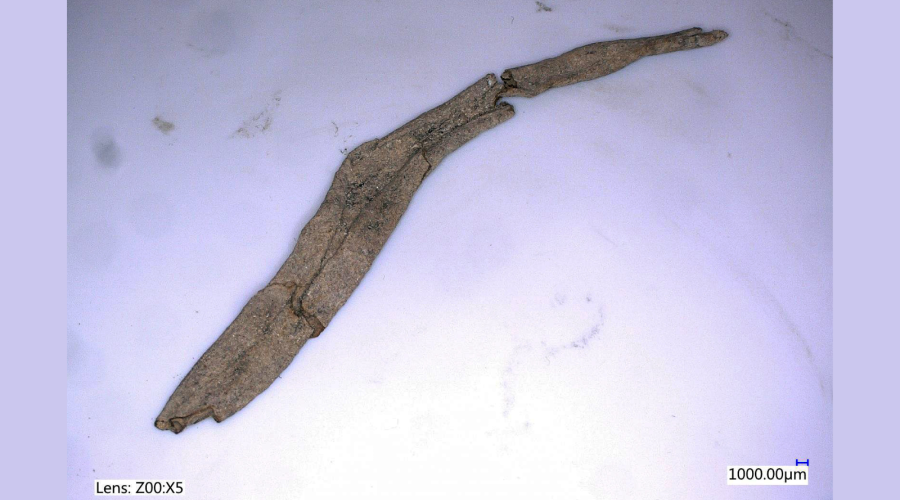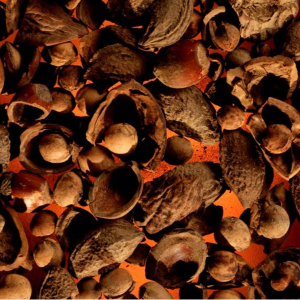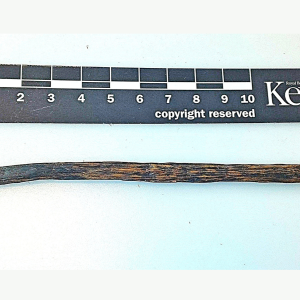South Bohemian scientists have identified the oldest vanilla in Europe

Archaeobotanical research of the Early Modern Period plays a key role in documenting the spread of cultivated plants and provides valuable insights into the development of globalized economies in the centuries following the discovery of the Americas. Particular attention has been given to the import of exotic plants from the New World to Europe. An international team led by Jitka Irmišová and Jaromír Beneš from the Laboratory of Archaeobotany and Paleoecology has recently demonstrated the significance of Prague as a cultural and trade hub in Central Europe.
The subject of the new study is a vanilla pod discovered in the infill of the floor vault of the Vladislav Hall at Prague Castle. This find underwent thorough archaeobotanical, historical, and chemical analyses. Radiocarbon dating (1513–1666 AD) aligned with historical and archaeological data, suggesting that vanilla reached Prague during the period when the Habsburgs resided there (1583–1611). Specialists from České Budějovice have been long-term contributors to the archaeobotanical research in Prague. Crucial to confirming the identification of the pod as vanilla was a chemical analysis, which was also conducted by a domestic Czech laboratory.
Originating from Central America or the Caribbean, vanilla was known in the Americas as early as the Aztec era, where it was combined with cocoa beans as part of a luxurious beverage. This tradition later spread to the European aristocracy, demonstrating how Early Modern globalization influenced not only trade but also culinary practices.
Article on: https://doi.org/10.1016/j.jasrep.2025.105099
The discovery of the oldest vanilla at Prague Castle was also published in a prestigious American journal Archaeology magazine.
The report by Czech Television HERE.






